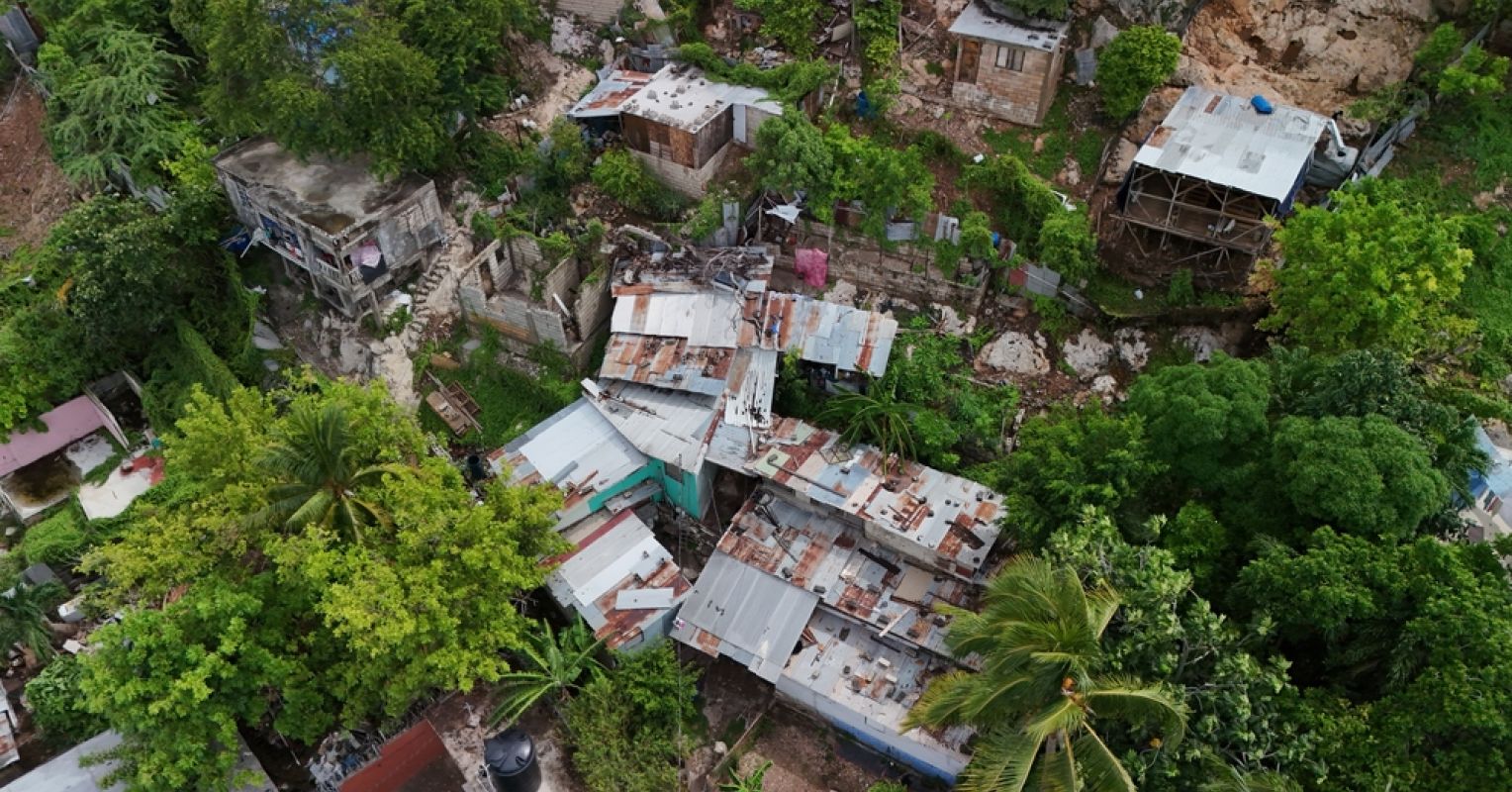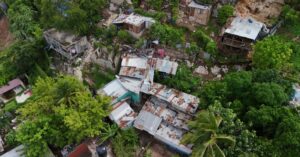Parents want what’s best for our children—and our current parenting culture offers an endless stream of suggestions for how to set kids up for success.
Though most of this advice focuses on individual actions—parenting strategies or weekend enrichment, for example—our children are also hugely influenced by factors outside the home, such as the neighborhoods they grow up in.
A new study attempts to disentangle these neighborhood-level factors and how they impact children’s development, uncovering some lessons for building communities that serve all children.
Four key influences on children
X

The researchers looked at a group of almost 10,000 children ages nine and 10 from the Adolescent Brain Cognitive Development Study. To see how these children were doing, they relied on MRIs, child and parent interviews, physical health exams, and more.
Analyzing the Child Opportunity Index 2.0, which includes data on the children’s neighborhoods, they identified four aspects of neighborhoods that impacted children at this age:
- Child education, including school quality and third-grade reading and math proficiency.
- Socioeconomic attainment, including health care access, education levels, and household income.
- Neighborhood enrichment, including proximity to high-quality early education centers, exposure to green space, and walkability.
- Poverty level, including access to healthy food, housing stability, and reliance on public assistance.
Keep in mind that this wasn’t about measuring an individual child’s education or socioeconomics, but about examining these conditions in the immediate environment surrounding their primary residence.
The researchers found that each of these four aspects of neighborhood quality seemed to have a significant impact on children’s behavioral health—in slightly different ways. For example, in neighborhoods with higher socioeconomic attainment and child education, children showed less drive toward risk and rewards—which can be associated with being less impulsive. In areas of higher poverty, on the other hand, children showed more impulsive behavior. In places with higher neighborhood enrichment—the kind you might see when an old train track is turned into a park—kids had reduced symptoms of anxiety and depression.
Building better communities
As with all studies, there were limitations to this one. The participants weren’t necessarily reflective of all children (autistic or intellectually disabled participants, for example, were excluded).
But the research points to the importance of collective action for child health. It suggests that neighborhood resources can influence children’s emotional and cognitive development, and that investing in education, neighborhood safety, and access to healthy resources may support better Mental health in children.
Other research corroborates the importance of neighborhood quality for children’s health and development. For example, a recent WHO study revealed that 93% of the world’s children breathe polluted air—leading to poorer cognitive and health outcomes, such as upper respiratory infections and even death. This doesn’t just affect poor countries—over half of children in high-income countries also breathe toxic air. And work done by the Urban95 Academy with residents of cities all over the globe has identified concerns beyond the physical environment—including the mobility of cities and access to child care. Eleven million children in the U.S. live in poverty, which goes along with a whole host of consequences for children.
All this research speaks to civic solutions rather than individual ones. That lobbying for that old parking lot to be turned into a playground, planting trees, and bringing in grocery stores matter both for our communities at large and also for our individual children, no matter how privileged we may perceive them to be.
Good policy solutions are out there. When I interviewed Katie Beck of Urban95 Academy, she told me about the Care Blocks project they have collaborated on with Bogota, Colombia. The project tries to increase the proximity and ease of movement between crucial aspects of an urban environment—work, child care, food, etc. It’s easy to see how that would benefit all city residents—not just those with lower socioeconomic status.
In Feminist City: Claiming Space in a Man-Made World, the feminist geographer Leslie Kern argues that cities have been designed for working men—for example, with the routes and timetables of public transportation linked to traditional office schedules. Kern argues that designing cities for women and children makes them better for all. Working elevators and accessible transportation for those pushing strollers, for example, benefits disabled people, the elderly, and tourists toting suitcases. Reduced car traffic, a boon to children’s respiratory health, increases safety and air quality for all.
Recognizing that all children are at risk for negative neighborhood influences—and by the same logic, stand to benefit from positive ones—leads us to a more inclusive, expansive definition of urban policy and parenting solutions that don’t just benefit our own children, but everyone’s.













